How to save someone’s life with one of Melton’s defibrillators
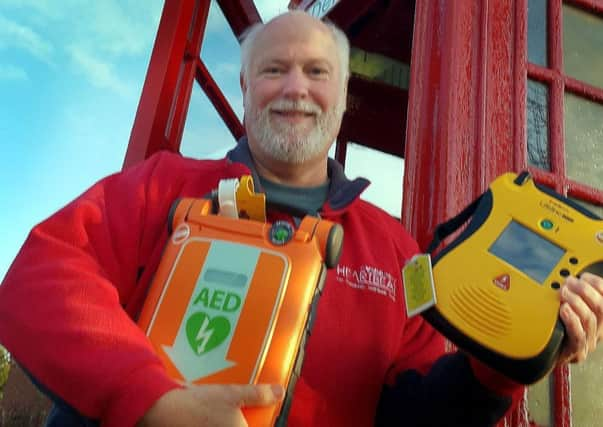

It’s something many of us have thought about in the last decade since these lifesaving medical devices began being installed for community use across the Melton borough.
Unfortunately some of us will panic, but the secret is to keep calm and follow three distinct steps, according to Martin Fagan, national secretary of the Community Heartbeat Trust (CHT), the UK’s leading organisation in the provision of community-based defibrillators.
Advertisement
Advertisement
“Firstly phone 999 straight away and ask for an ambulance, or ask someone else to,” explained Martin.
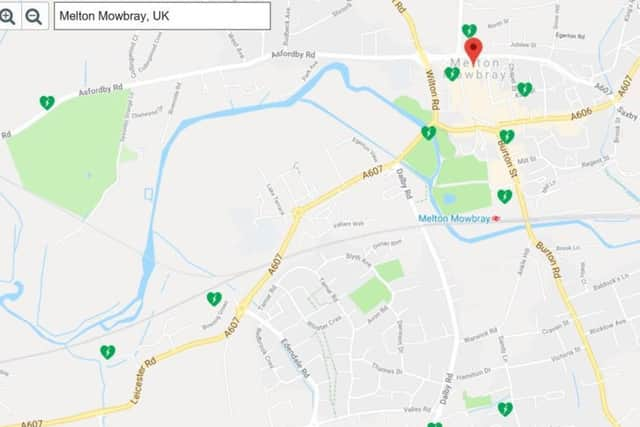

“You should then start chest compressions, because if you don’t begin doing this then using the defibrillator will be a waste of time.
“Push down on the centre of the casualty’s chest twice per second and get someone to fetch a defibrillator if there is one close by.
“The modern defibrillator will guide you through the process by speaking to you and also showing you on a small TV.”
Advertisement
Advertisement
With a cardiac arrest, which is not the same as a heart attack, the heart stops working properly, as a result of an electrical malfunction.
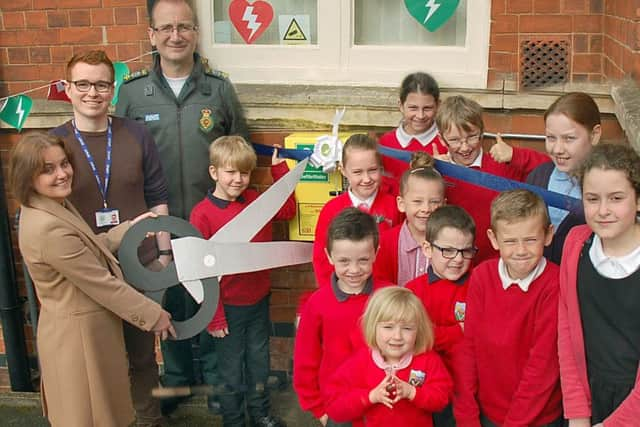

The patient will probably lose consciousness and stop breathing and they will have little chance of surviving if it takes any longer than about five minutes to give them chest compressions, followed by a shock from a defibrillator.
Starting chest compressions, and having a defibrillator nearby will increase the chances of recovering from a cardiac arrest by 50 to 75 per cent.
Which is why it is comforting to know that the CHT has recently intalled its 10th such device in the town for community use.
Advertisement
Advertisement
The latest is availabe for visitors to Sysonby Acres, a golf and recreation area off Asfordby Road, where many people also camp and stay in caravans.
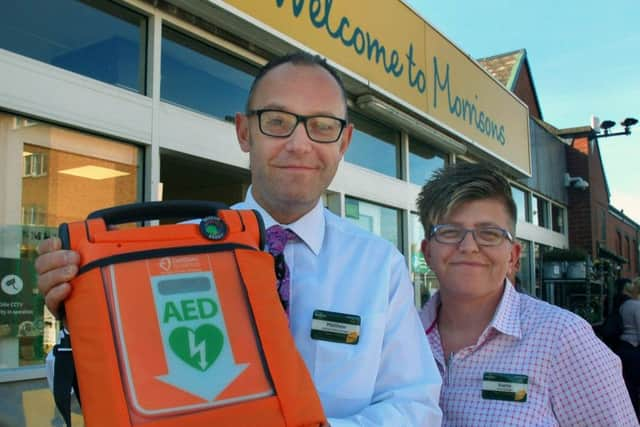

There are also community defibrillators in Melton town locations such as the police station, borough council offices, Gloucester House, Wilton Park cafe and a phone box at the top of Burton Street.
They are also provided by the CHT in many villages in the borough, some in old telephone boxes such as in Frisby and Waltham, in the Co-op at Asfordby or at the village halls at Old Dalby and Nether Broughton.
Some villages have more than one defibrillator, with Long Clawson residents having access to a device at the dairy, the medical practice and the village hall.
Advertisement
Advertisement
Martin is pleased with the coverage, but he is mindful that there are certain areas which don’t have one nearby.
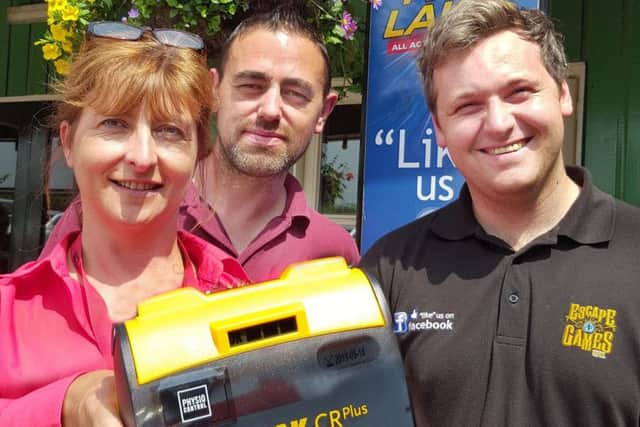

“In the town we really could do with putting in a community defibrillator on Thorpe End, also on one of the estates around The Welby pub and also on the estates to the south of the town,” he said.
“There are virtually none off the Oakham road at present - there is one at MV16 and also at the Masonic lodge, but these are not for public use.”
The CHT launched their scheme in 2010 and they have now installed 5,000 defibrillators across the UK, including nearly 500 in Leicestershire.
Advertisement
Advertisement
On top of these, there are others installed in businesses - Melton supermarkets Sainsbury’s, Morrisons and Tesco have them for use by staff and customers - and several sports clubs also have their own.
The Melton Times reported in October how Morrisons’ staff member Matthew Griffiths used the in-store device to save the life of a customer, and in May 2016 Brian Gordon survived a cardiac arrest after being treated with a defibrillator after collapsing while refereeing a football match at Asfordby.
Martin said the mistake some organisations make is to buy a cheaper and usually older technology device instead of paying for a modern device.
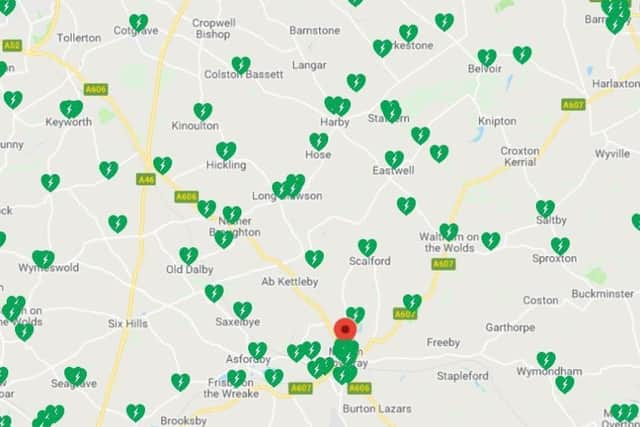

Modern devices cost in the region of £1,000 - £1,400 initially, but last longer and have modern up-to-date features that make them easier and more effective to use. Modern devices will also last much longer.
Advertisement
Advertisement
Newer models are generally more user-friendly, particularly for the untrained user, some have built-in metronomes or on-screen feedback to help with compression speeds. Some can distinguish between whether the patient is a child or an adult and the best also have USB connections which can allow the casualty’s physical data throughout the emergency to be easily collected so paramedics and doctors can see it when they treat the patient in hospital.
“In a community or untrained user situation, project leaders should always be looking for a more modern, more extensively featured, defibrillator which is designed for use by people who haven’t been trained,” said Martin.
“If you are going to provide one for public use it must be easy to use, robust and take into account the needs of the panicking user.”
Defibrillators should also be checked every week to ensure they will work in the event of an emergency.
Advertisement
Advertisement
“Also, consider ongoing costs - the pads for administering electrical shocks will need replacing every two years and the battery every four. Melton Lions have agreed to fund the maintenance of the town’s community defibrillators this year and next, which is a great offer to the community.”
Knowing how to administer compressions is just as important as using a defibrillator and music can help you do it right.
Singing ot humming certain songs will help you push down at the right rate of two times a second, tunes such as Staying Alive by the Bee Gees, Nellie-the-elephant, Queen’s Another One Bites The Dust and the theme tune to The Archers.
Martin added: “A patient dies at 20 per cent with each minute, so it is vital that the compressions are done properly before using the defibrillator.
Advertisement
Advertisement
“So, make sure you know how to use a defibrillator because cardiac arrests are one of the UK’s biggest killers and this year around one in every 1,000 adults will have one this year.”
Registering a defibrillator on the CHT website will make more people aware of it and also cover the owners of it for governance issues - go to www.communityheartbeat.org.uk to register a device or to www.nddb.uk to find out where your nearest community defibrillator is.